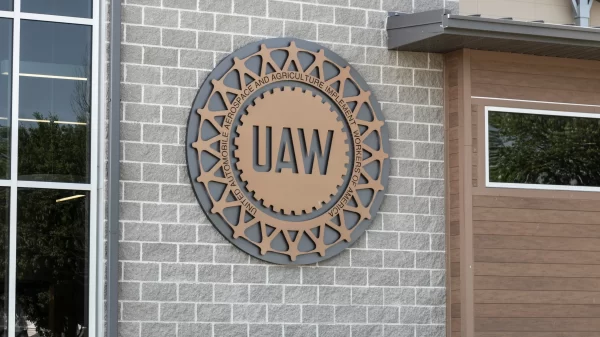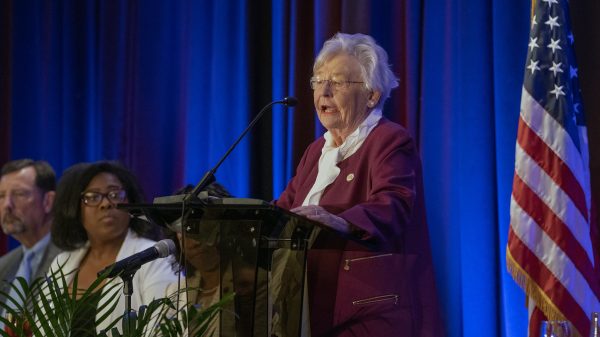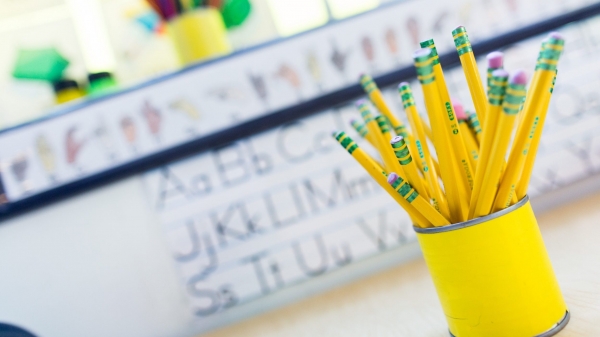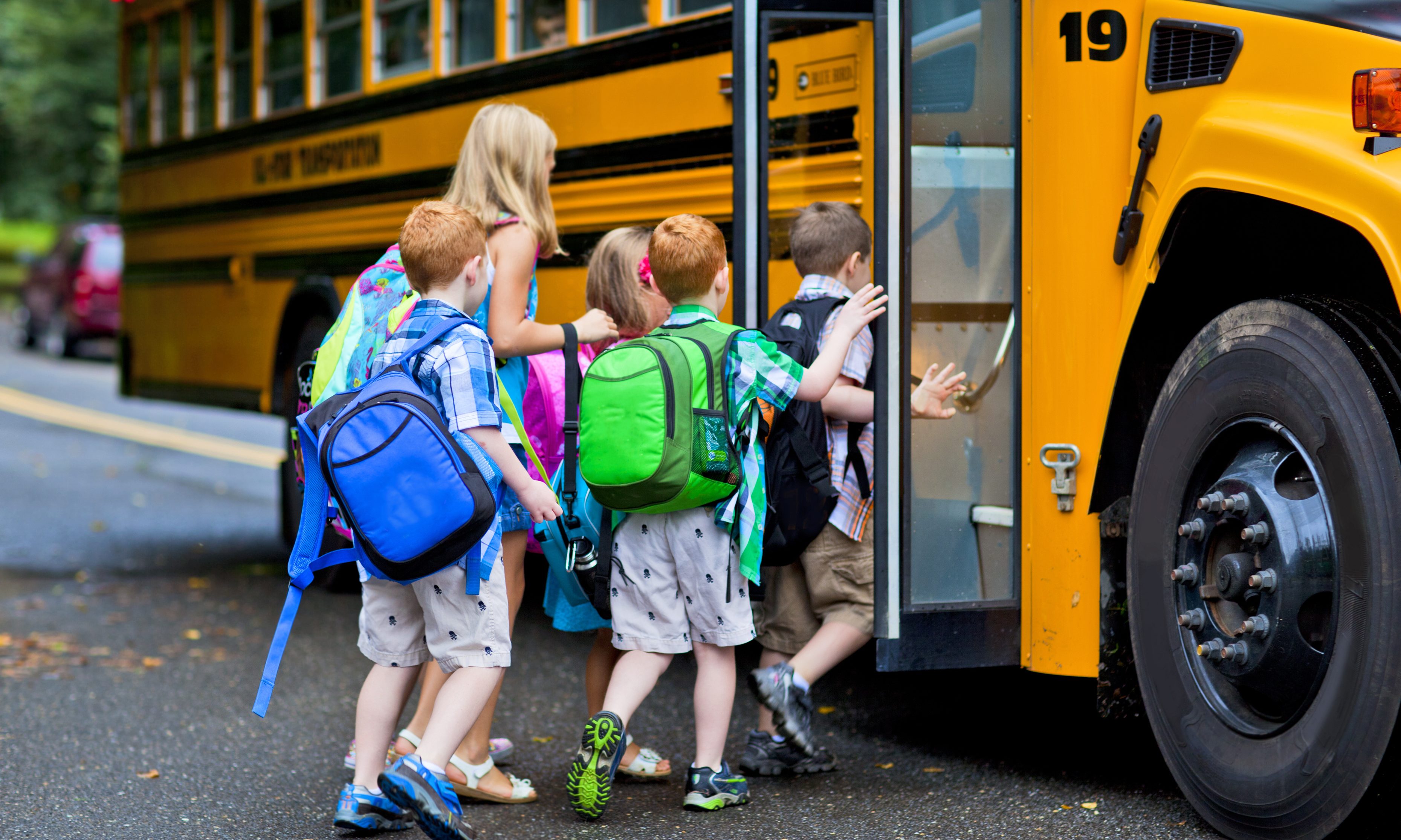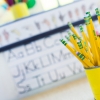Most Alabama children have not seen the inside of a school building since March 13. When schools reopen in early August, if schools reopen, much will be different about school as we know it. On Tuesday, the Centers for Disease Control and Prevention (CDC) released guidelines on on how schools should reopen in the fall.
The CDC offers these considerations for ways in which schools can help protect students, teachers, administrators, and staff and slow the spread of COVID-19.
The CDC warns that the more people a student or staff member interacts with, and the longer that interaction, the higher the risk of COVID-19 spread. According to the CDC, the lowest risk would be for students and teachers to engage in virtual-only classes, activities, and events. More risk is small, in-person classes, activities, and events. Groups of students stay together and with the same teacher throughout/across school days and groups do not mix. The students remain at least 6 feet apart and do not share objects. Highest risk would be full sized, in-person classes, activities, and events. Students are not spaced apart, share classroom materials or supplies, and mix between classes and activities.
The CDC advises schools to a ctively encourage employees and students who are sick or who have recently had close contact with a person with COVID-19 to stay home. Schools should consider not having perfect attendance awards, not assessing schools based on absenteeism, and offering virtual learning and telework options, if feasible. Staff and students should stay home if they have tested positive for or are showing COVID-19 symptoms or if they have recently had close contact with a person with COVID-19.
The CDC recommends that schools each and reinforce handwashing with soap and water for at least 20 seconds and increase monitoring to ensure adherence among students and staff. If soap and water are not readily available, hand sanitizer that contains at least 60% alcohol can be used (for staff and older children who can safely use hand sanitizer). Encourage staff and students to cover coughs and sneezes with a tissue. Used tissues should be thrown in the trash.
Cloth face coverings are recommended for students and staff, and are most essential in times when physical distancing is difficult. Individuals should be frequently reminded not to touch the face covering and to wash their hands frequently. Cloth face coverings should not be placed on children younger than 2 years old, anyone who has trouble breathing or is unconscious, anyone who is incapacitated or otherwise unable to remove the cloth face covering without assistance. Cloth face coverings are not surgical masks, respirators, or other medical personal protective equipment.
The CDC encourages schools to clean and disinfect frequently touched surfaces including: playground equipment, door handles, sink handles, and drinking fountains) within the school and on school buses at least daily or between use as much as possible. Use of shared objects such as gym or physical education equipment, art supplies, toys, games, etc should be limited when possible, or cleaned between use.
School bus drivers should practice all safety actions and protocols as indicated for other staff including hand hygiene and cloth face coverings.
Cleaning products should not be used near children, and staff should ensure that there is adequate ventilation when using these products to prevent children or themselves from inhaling toxic fumes.
Schools should discourage sharing of items that are difficult to clean or disinfect. Keep each child’s belongings separated from others’ and in individually labeled containers, cubbies, or areas. Schools should ensure that there are adequate supplies to minimize sharing of high touch materials to the extent possible. Schools should assign each student their own art supplies and equipment or limit use of supplies and equipment by one group of children at a time and clean and disinfect between use. Schools should avoid sharing electronic devices, toys, books, and other games or learning aids.
Schools need to ensure that ventilation systems operate properly and increase circulation of outdoor air as much as possible, for example by opening windows and doors. Do not open windows and doors if doing so poses a safety or health risk.
To minimize the risk of Legionnaire’s disease and other diseases associated with water, schools should take steps to ensure that all water systems and features including: sink faucets, drinking fountains, decorative fountains are safe to use after a prolonged facility shutdown. Drinking fountains should be cleaned and sanitized. The CDC recommends that schools encourage staff and students to bring their own water to minimize use and touching of water fountains.
Schools need to space seating and desks at least 6 feet apart when feasible. Turn desks to face in the same direction (rather than facing each other), or have students sit on only one side of tables, spaced apart. Create distance between children on school buses by seating children one child per row and skip rows when possible.
Schools should install physical barriers, such as sneeze guards and partitions, particularly in areas where it is difficult for individuals to remain at least 6 feet apart such as reception desks. Schools should provide physical guides, such as tape on floors or sidewalks and signs on walls, to ensure that staff and children remain at least 6 feet apart in lines and at other times.
Schools should close communal use shared spaces such as dining halls and playgrounds with shared playground equipment if possible. If not possible stagger use and clean and disinfect between use. Schools should add physical barriers, such as plastic flexible screens, between bathroom sinks especially when they cannot be at least 6 feet apart.
Schools are advised to have children bring their own meals if feasible. If that is not feasible then schools should serve individually plated meals in classrooms instead of in a communal dining hall or cafeteria, while ensuring the safety of children with food allergies.
Schools should use disposable food service items: utensils, dishes, cups, etc. If disposable items are not feasible or desirable, ensure that all non-disposable food service items are handled with gloves and washed with dish soap and hot water or in a dishwasher. Individuals should wash their hands after removing their gloves or after directly handling used food service items.
If food is offered at any event, have pre-packaged boxes or bags for each attendee instead of a buffet or family-style meal. Avoid sharing food and utensils and ensure the safety of children with food allergies.
Schools should offer options for staff at higher risk for severe illness (including older adults and people of all ages with certain underlying medical conditions) that limit their exposure risk: telework, modified job responsibilities that limit exposure risk, etc. Offer options for students at higher risk of severe illness that limit their exposure risk such as virtual learning opportunities.
Schools should pursue virtual group events, gatherings, or meetings, if possible, and promote social distancing of at least 6 feet between people if events are held. Limit group size to the extent possible.
Schools should limit any nonessential visitors, volunteers, and activities involving external groups or organizations as possible, especially with individuals who are not from the local community, town, city, or county.
Schools should pursue virtual activities and events in lieu of field trips, student assemblies, special performances, school-wide parent meetings, and spirit nights, whenever possible.
Schools should pursue options to convene sporting events and participation in sports activities in ways that minimizes the risk of transmission of COVID-19 to players, families, coaches, and communities.
Schools should ensure that student and staff groupings are as static as possible by having the same group of children stay with the same staff all day for young children, and as much as possible for older children.
Schools should take steps to limit mixing between groups if possible. Stagger arrival and drop-off times or locations by cohort or put in place other protocols to limit contact between cohorts and direct contact with parents as much as possible.
When possible, use telework) and flexible work hours such as staggered shifts to help establish policies and practices for social distancing (maintaining distance of approximately 6 feet) between employees and others, especially if social distancing is recommended by state and local health authorities.
Schools should designate a staff person to be responsible for responding to COVID-19 concerns (e.g., school nurse). All school staff and families should know who this person is and how to contact them.
Schools should consider participating with local authorities in broader COVID-19 community response efforts such as sitting on community response committees.
Consistent with applicable law and privacy policies, have staff and families self-report to the school if they or their student have symptoms of COVID-19, a positive test for COVID-19, or were exposed to someone with COVID-19 within the last 14 days in accordance with health information sharing regulations for COVID-19.
Schools should establish procedures for notifying staff, families, and the public of school closures and any restrictions in place to limit COVID-19 exposure such as limited hours of operation.
Schools should implement flexible sick leave policies and practices that enable staff to stay home when they are sick, have been exposed, or caring for someone who is sick. Leave policies should be flexible and not punish people for taking time off, and should allow sick employees to stay home and away from co-workers. Leave policies should also account for employees who need to stay home with their children if there are school or childcare closures, or to care for sick family members.
Schools should develop policies for return-to-school after COVID-19 illness. Consult the CDC’s criteria to discontinue home isolation and quarantine for more information on these policies.
Schools should monitor absenteeism of students and employees, cross-train staff, and create a roster of trained back-up staff. Staff should be trained on all safety protocols. Schools should conduct training virtually or ensure that social distancing is maintained during training. Staff should be trained to recognize the signs and symptoms of COVID-19.
If feasible, schools should conduct daily health checks: temperature screening and/or or symptom checking) of staff and students. Health checks should be conducted safely and respectfully, and in accordance with any applicable privacy laws and regulations. School administrators may use examples of screening methods in CDC’s supplemental Guidance for Child Care Programs that Remain Open as a guide for screening children and CDC’s General Business FAQs for screening staff.
Schools should encourage any organizations that shares or use the school facilities to also follow these considerations.
Schools should encourage employees and students to take breaks from watching, reading, or listening to news stories about COVID-19, including social media if they are feeling overwhelmed or distressed. Schools should also promote employees and students eating healthy, exercising, getting sleep, and finding time to unwind. Schools should encourage employees and students to talk with people they trust about their concerns and how they are feeling. Schools should consider posting signages for the national distress hotline: 1-800-985-5990, or text TalkWithUsto 66746
Sick staff members or students should not return until they have met CDC’s criteria to discontinue home isolation. Make sure that staff and families know that they or their families should not come to school, and that they should notify school officials (the designated COVID-19 point of contact) if they or their family become sick with COVID-19 symptoms, test positive for COVID-19, or have been exposed to someone with COVID-19 symptoms or a confirmed or suspected case.
Schools should Immediately separate staff and children with COVID-19 symptoms (such as fever, cough, or shortness of breath) at school. Individuals who are sick should go home or to a healthcare facility depending on how severe their symptoms are, and follow CDC guidance for caring for oneself and others who are sick.
Schools should work with school administrators, nurses, and other healthcare providers to identify an isolation room or area to separate anyone who has COVID-19 symptoms or tests positive but does not have symptoms. School nurses and other healthcare providers should use Standard and Transmission-Based Precautions when caring for sick people.
Schools should establish procedures for safely transporting anyone who is sick to their home or to a healthcare facility. If you are calling an ambulance or bringing someone to the hospital, try to call first to alert them that the person may have COVID-19. Close off areas used by a sick person and do not use these areas until after cleaning and disinfecting. Wait at least 24 hours before cleaning and disinfecting. If 24 hours is not feasible, wait as long as possible.
In accordance with state and local laws and regulations, school administrators should notify local health officials, staff, and families immediately of any case of COVID-19 while maintaining confidentiality in accordance with the Americans with Disabilities Act (ADA). Schools should inform those who have had close contact with a person diagnosed with COVID-19 to stay home and self-monitor for symptoms, and follow CDC guidance if symptoms develop.
COVID-19 is mostly spread by respiratory droplets released when people talk, cough, or sneeze. It is thought that the virus may spread to hands from a contaminated surface and then to the nose or mouth, causing infection. Therefore, personal prevention practices (such as handwashing, staying home when sick) and environmental cleaning and disinfection are important principles.
















